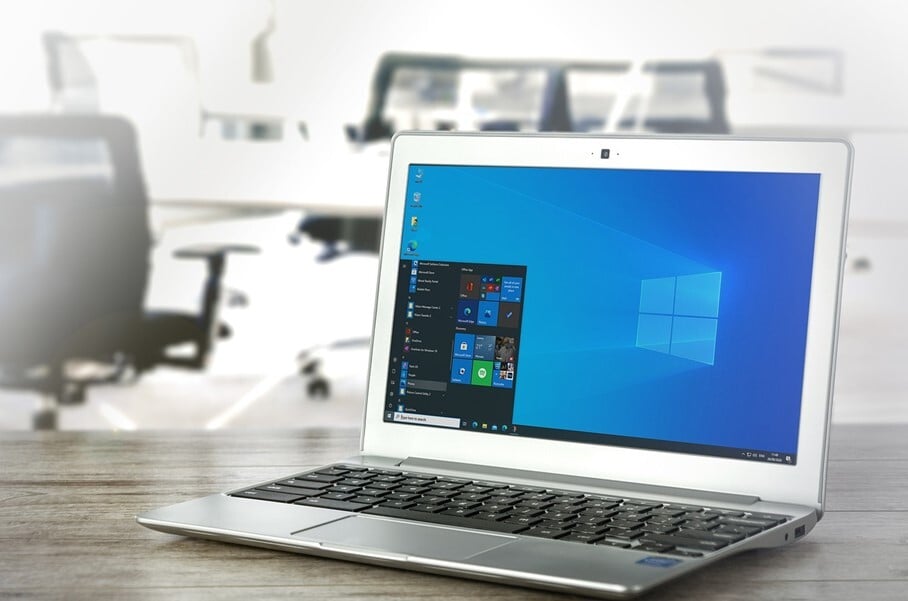
In a major shift, Microsoft has officially announced the discontinuation of Windows 10, urging users to upgrade to its newer and more advanced operating system, Windows...
In a move that has been long anticipated, Microsoft has announced that it will discontinue support for Windows 10. As businesses and individual users alike rely on this operating system for daily operations, this change raises crucial questions about what comes next. If you’re a Windows 10 user, it’s essential to understand the full impact of this decision and how to prepare for the shift.
In this blog, we’ll break down what the end of support means for you, the timeline for this change, and the steps you need to take to ensure your devices remain secure and up-to-date.
When Microsoft announces the end of support for an operating system, it means that the company will no longer provide essential updates, bug fixes, or technical assistance for that software. For Windows 10, this means:
The "End of Support" is a significant milestone in a software's lifecycle. While the operating system will continue to work, it will no longer receive the essential maintenance that keeps it secure and functional.
So, when will this change occur? The official date when Microsoft will end support for Windows 10 is set for October 14, 2025. However, this is just the beginning of the transition period. Here’s a breakdown of what to expect:
Microsoft’s decision to discontinue support for Windows 10 is part of its larger strategy to move users toward Windows 11, which was launched in 2021. Windows 11 offers a modernized interface, increased security features, and compatibility with newer hardware and software. Here are the key reasons behind the shift:
As the world of technology advances, Microsoft has decided to focus its resources on its latest operating system to keep up with the rapid changes in the tech landscape.
Once Microsoft stops supporting Windows 10, businesses and individual users face significant risks:
Using Windows 10 after support ends is risky and could leave your business or personal data exposed.
For businesses, the end of support is not just a technical issue—it’s also a matter of security and compliance. Here's how businesses can be impacted:
The best course of action is to start planning for an upgrade before Windows 10 becomes unsupported.
Once Windows 10 reaches its end of support, users will have several options:
Upgrade To Windows 11
If your hardware meets the system requirements, upgrading to Windows 11 is the most straightforward option. Here’s why you should consider it:
Alternative Operating Systems
Windows 11 may not be the right fit for some businesses and users. In this case, exploring alternative operating systems like Linux or macOS may be worth considering, particularly for businesses with specialized needs or those looking to lower long-term licensing costs.
Extended Support
Microsoft may offer extended support for Windows 10 at an additional cost, especially for businesses that can’t transition to a new OS immediately. This option is more costly but can help bridge the gap if an upgrade is not feasible in the short term.
Here are practical steps you can take to ensure a smooth transition:
Microsoft’s decision to discontinue support for Windows 10 marks the end of an era for many users. As businesses and individuals, it’s crucial to begin planning for the switch to Windows 11 or other solutions before the deadline arrives. This will help avoid security risks, ensure software compatibility, and keep your systems running smoothly.
Don’t wait until the last minute—prepare for the end of Windows 10 support today! At Microtech Systems, we specialize in helping businesses and individuals transition seamlessly to Windows 11 and ensure your IT infrastructure is up-to-date and secure. Our expert team offers tailored IT solutions that boost performance, security, and productivity.
Contact us now to schedule a consultation and let us help you navigate the upgrade process with ease. Stay ahead of the curve and ensure your systems are future-ready with Microtech Systems—your trusted IT service provider in Boise.

In a major shift, Microsoft has officially announced the discontinuation of Windows 10, urging users to upgrade to its newer and more advanced operating system, Windows...

Upgrading to Windows 11 before October 14, 2025 is fast approaching, and the path to a successful migration requires more than just clicking “Install.” MicroTech Systems—